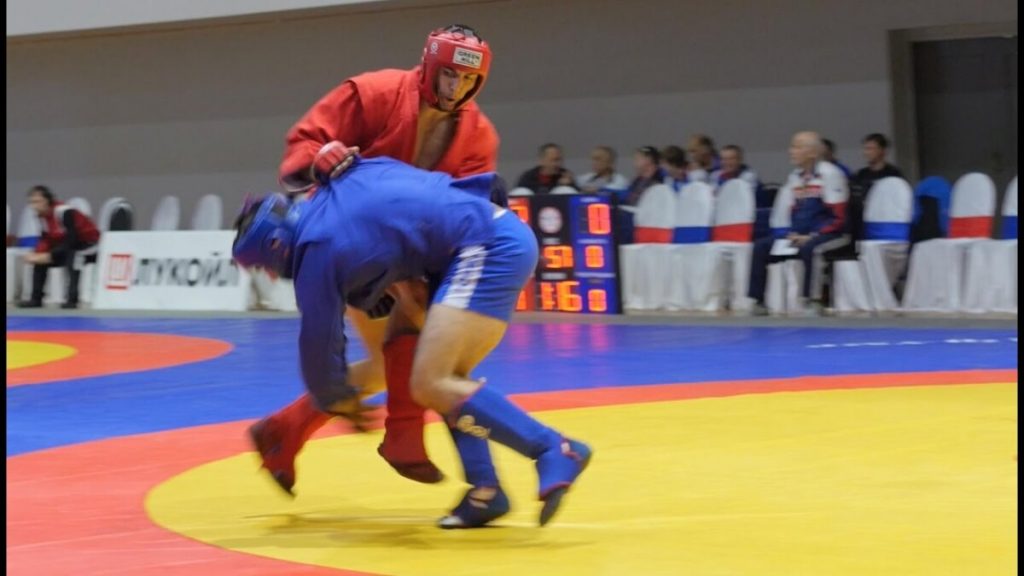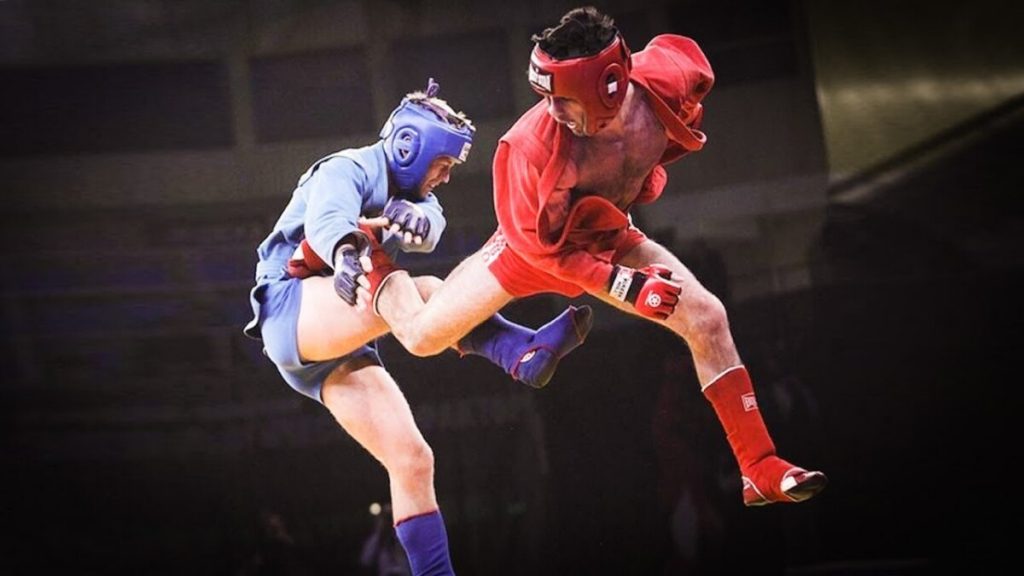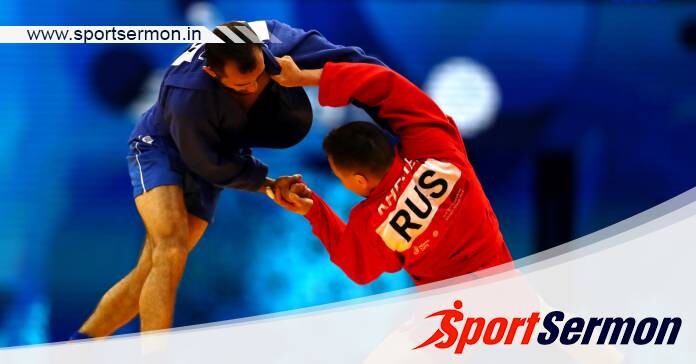History Of Sambo: Sambo, a martial art, is arguably the most intriguing export from the former Soviet Union. The Soviets created Sambo by fusing Judo, Jiu-Jitsu, and several other grappling forms in an effort to improve the hand-to-hand fighting abilities of their military personnel.
Sambo is practised now all around the world. A rising number of individuals have been motivated to take up the sport of mixed martial arts by the prominence of a few Russian mixed martial artists. Given its intriguing past, it is simple to understand why.
The sport is gaining popularity outside of the former Eastern Bloc and is most famously linked to the legendary four-time World Champion Fedor Emelianenko and two-time Combat Sambo World Champion Khabib Nurmagomedov.
Leg locks, ground control techniques, and takedowns are three of Sambo’s most well-known weapons. However, the discipline is more complex than first meets the eye.
In this article, you will get to know the origin, history and everything about Sambo in detail.
Initial Development

Both Viktor Spiridonov and Vasili Oshchepov are regarded as the original founders of the martial arts.
As previously noted, Oshchepov and Spiridonov worked separately with a group of other Soviet specialists to enhance the hand-to-hand combat training used by the Soviet military.
The fact that both of these guys had strong martial arts backgrounds contributed to their success.
One of the first foreigners to study Judo in Japan was Vasili Oschepkov, who later taught the art to the top ranks of the Red Army. He was a former pupil of Judo founder Kano Jigoro, holding a second-degree black belt.
Greek-Roman wrestling, freestyle wrestling, and Japanese Jiu-Jitsu were among Viktor Spiridonov’s many passions. To develop the new style, they tested and combined many martial arts systems during the course of the 1920s and 1930s.
From here, they added Judo throwing techniques, karate hitting, and several wrestling techniques derived from Uzbek and Tatar traditional wrestling, to mention a few. They had to give the newly created sport a name, of course, and came up with Sambo, a portmanteau of САМозащита Без Орyжия-samozashita bez oruzhia, which translates to “combat without weapons.”
You might also be interested in reading this: Sambo Vs. Wrestling: What is the difference Between both?
Sambo Makes a Profession
The USSR All-Union Sports Committee played a major role in sambo’s 1938 formal recognition as the country’s official combat sport. According to many revisionists, the unification of all traditional martial arts under one central body during its inception as a national sport was a deliberate attempt to foster unity among the USSR’s numerous ethnic groups.
As you can see, the newest invention checked off another box in the framework of the communist policies of the day, which deliberately discouraged pre-communist customs.
Regardless of any perspective, the programme was a big success.
Combat Sambo is one of the variants of the sport that the military and secret police were major admirers of. This allowed for the inclusion of strikes, chokes, and techniques for disarming weapons. More stylistic variations came from experimenting and cross-training; techniques are adaptable and open to improvement, much like in other martial arts.
History of Sambo originated in the Soviet Union and was essentially a mixed martial art. Still, it was restricted to residents of the USSR. But as the game became more well-liked throughout the USSR, both private citizens and government workers began to play it on a daily basis.
Popularity And Development

The popularity of Brazilian Jiu-Jitsu (BJJ) is far greater than that of Sambo. Despite his enormous popularity in Russia and the former Soviet Republics, Sambo remained mostly unknown outside of those countries. Ultimately, the Soviet Union wasn’t marketing or exporting its creation.
A consequence of this was that Sambo in its different variants tended to stay hidden behind the Iron Curtain until the middle of the 1960s, when Soviet practitioners started to achieve significant success in international Judo contests. Subsequently, the sport began to gain popularity in Europe and Japan, and the practice started to draw criticism from other countries.
This innovative and interesting method piqued the interest of fighters since it was more varied than Judo and included ground grappling and leg holds among its many other manoeuvres. Sambo was so highly valued that it arrived in the United States in the 1970s and was taught alongside Judo and wrestling.
In response, the Sambo community established the Federation International Amateur Sambo, or FIAS, as an official organisation in 1985. Sadly, the organisation disbanded in 1993, and two other organisations using the name FIAS were created—one with its headquarters in Russia and the other under the leadership of the US and Western Europe.
The sport’s image suffered as a result of the division and conflicts, and Sambo’s credibility started eroding
Mixed Martial Arts’ Sambo

When the Gracie family made their debut in the early 1990s with their family brand of Gracie Jiu-Jitsu, BJJ was already becoming more and more popular in the United States. Royce Gracie was the tiniest fighter in the UFC when it was first established in 1993, and his supremacy there served as a major catalyst for the expansion of the sport.
Sambo now appeared to be fighting for any attention, whereas BJJ swiftly took off and became one of the most well-liked sports in the USA and beyond. Sambo’s future didn’t look promising, and it appeared that it had outlived its potential and was now overshadowed by its Brazilian rival.
Nonetheless, the UFC kept developing, and mixed martial arts gained global recognition, partly due to the growing internet. With time, additional mixed martial arts (MMA) organisations emerged, and combat matches gained popularity as a form of entertainment. It helped that practitioners like Andrei Arlovski and Fedor Emelianenko began to leave their impact on the MMA scene.
The return of the Sambo world champions to the public eye gave the sport new life. Curiosity sparked, and people looked to Sambo again to investigate its benefits and take in its flair.
So this is everything about the origins and history of Sambo. Let us know your thoughts in the comment section below.

